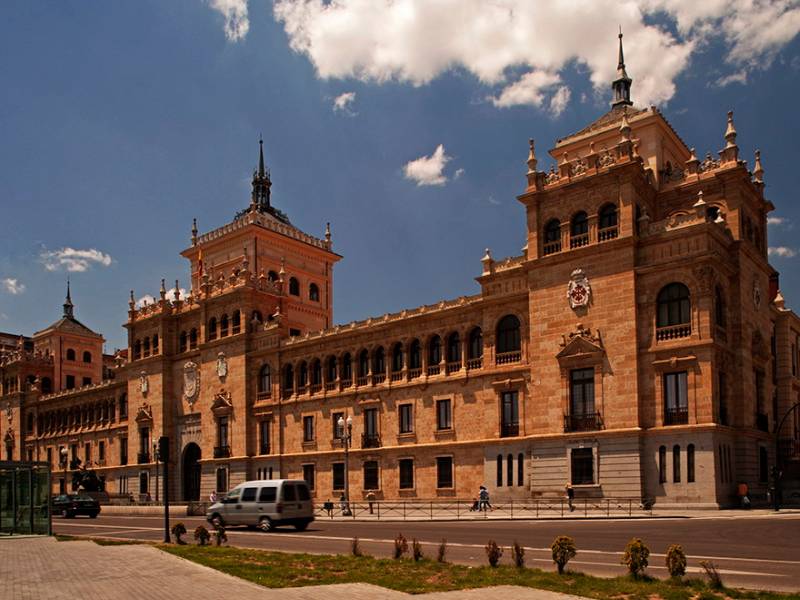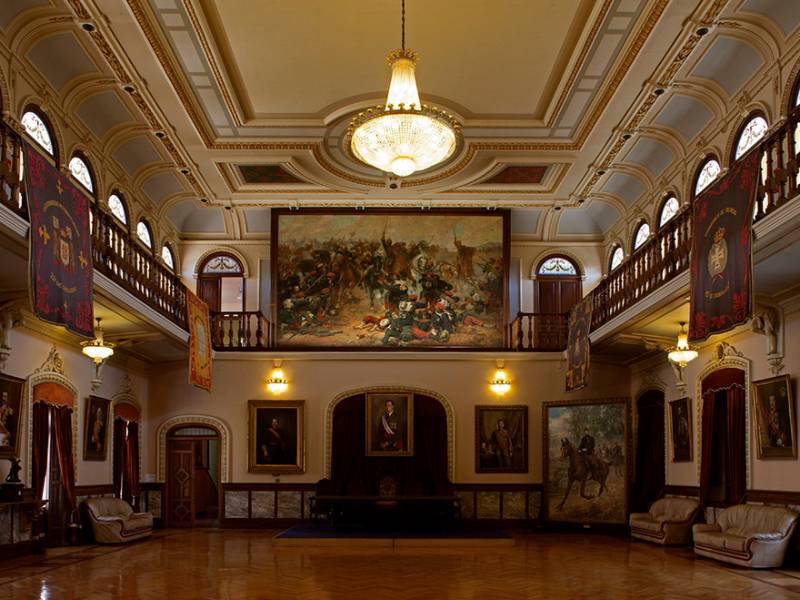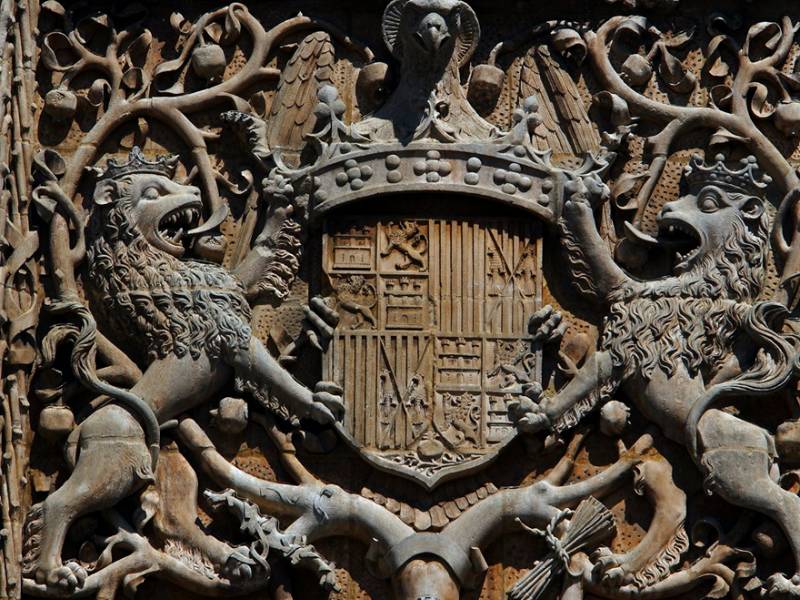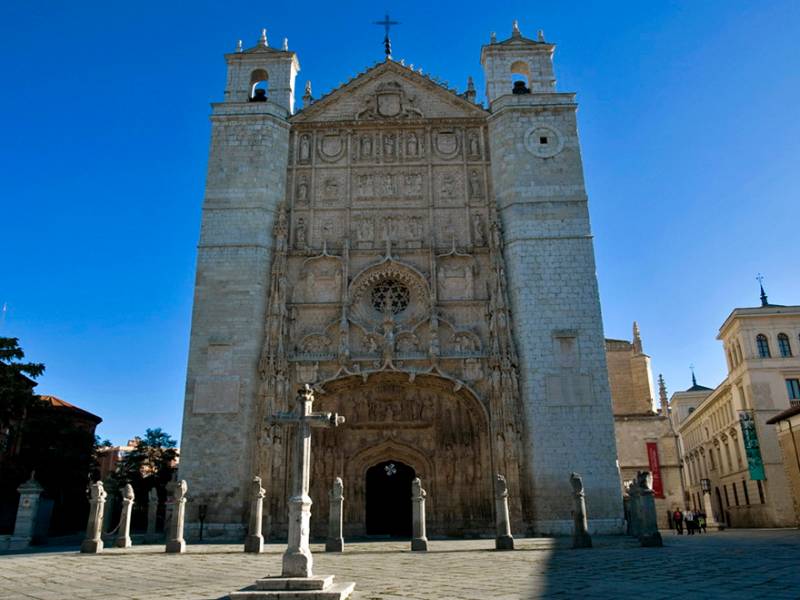Route of the Kings
- Position
- Valladolid
- Type of route
- One day
- Web
- To know more
Today travellers can follow a route in Valladolid that between the 16th and 20th centuries was reserved for royalty. It traces the official itinerary taken by monarchs when they visited the city, and includes sites of immense historical and cultural value, such as Plaza Zorrilla or the Church of San Pablo, without forgetting the historic Plaza Mayor, where the royal visitors would stop at the City Hall.
This royal route enables tourists to retrace the steps once taken by Philip II, Queen Joanna of Austria, Mary of Hungary or the Emperor Charles V.
This route includes the following sites of interest: Plaza de Zorrilla, the Cavalry Academy, Statue of the poet Don José de Zorrilla, the Statue to the Hunters of Alcántara, Plaza Mayor, Calle Platería, Calle Angustias, the Church of San Pablo, the Palace of the Counts of Rivadavia / Pimentel, Villena Palace and San Gregorio College.
What to see?
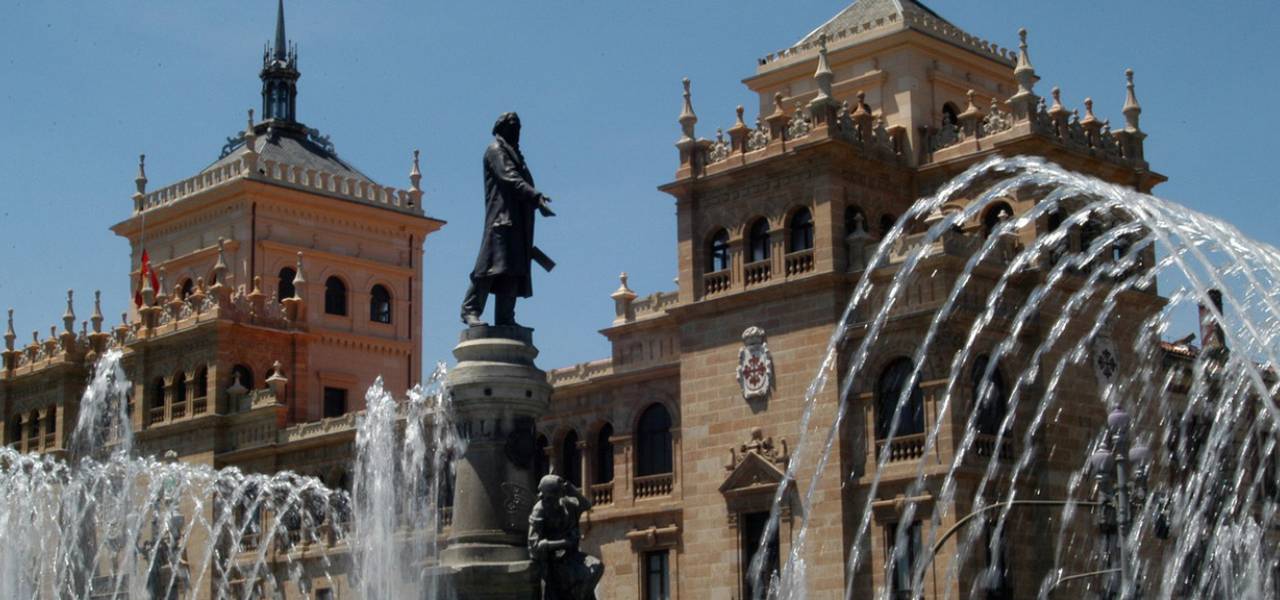 Statue of poet Jose ZorrillaMore information
Statue of poet Jose ZorrillaMore informationCast in bronze by Aurelio Rodríguez Vicente Carretero, from Rioseco, in 1900.the poet is about to recite a poem, while a woman at his feet, representing poetry, listens to him.
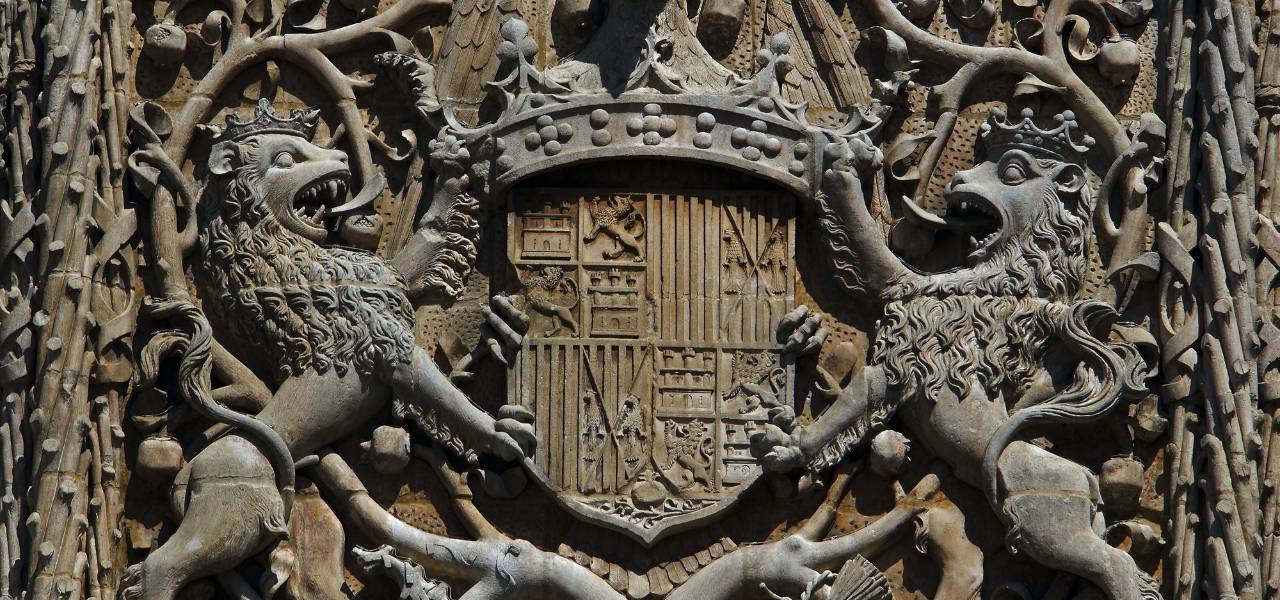 College of San GregorioMore information
College of San GregorioMore informationBuilt in the late 15th century on the initiative of Friar Alonso de Burgos and one of the finest examples of the Hispano-Flemish style. Today it houses Spain’s National Museum of Sculpture, and the country’s...
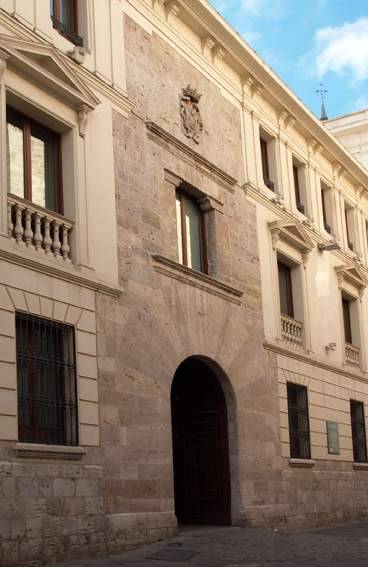 Palace of VillenaMore information
Palace of VillenaMore informationThis palace has had several owners: in the 18th century it belonged to the wife of the Marquis of Vilena, before passing into the hands of the Duke of Pastrana and the Marquis of Pombo and Alonso Pesquera....
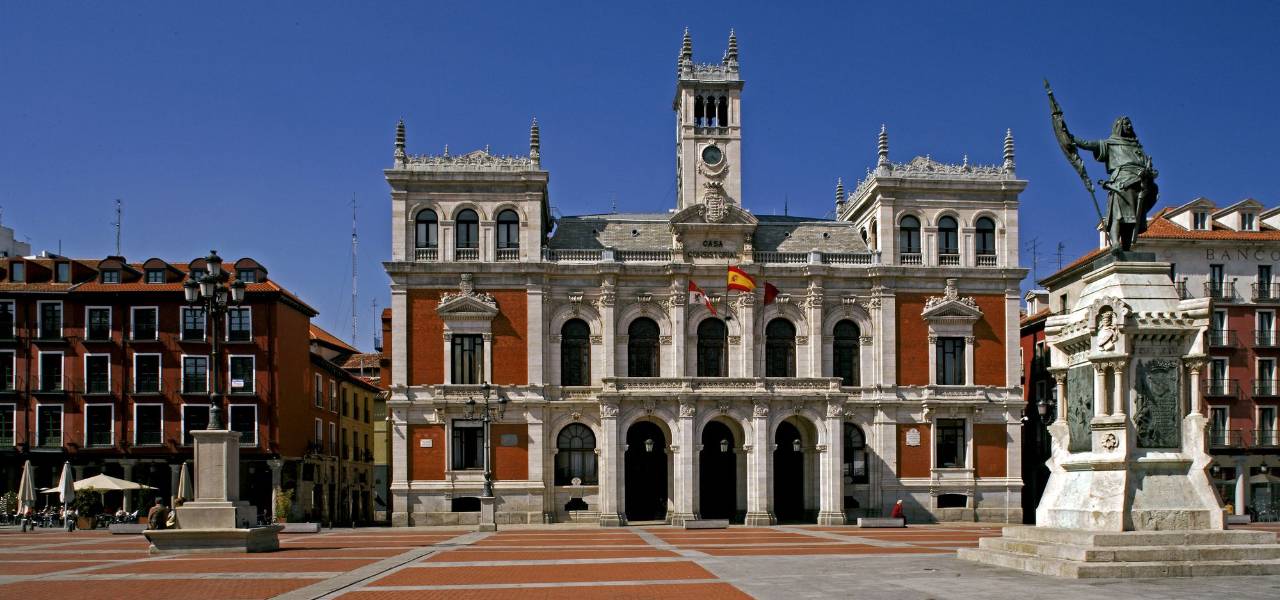 Major Square of ValladolidMore information
Major Square of ValladolidMore informationRectangular in shape. In the centre there is a statue of the count Ansúrez by Aurelio Carretero (1903).The plaza was rebuilt by Francisco de Salamanca after a fire in 1561 and the reconstruction process...
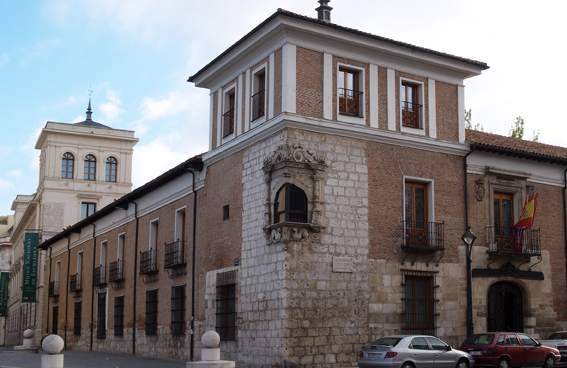 Palace of the Condes de Rivadavia / PimentelMore information
Palace of the Condes de Rivadavia / PimentelMore informationRenaissance palace built in the 16th century. It has belonged to noble families and monarchs throughout its history and king Phillip II was born here. Nowadays, it houses the Provincial CouncilThe palace...
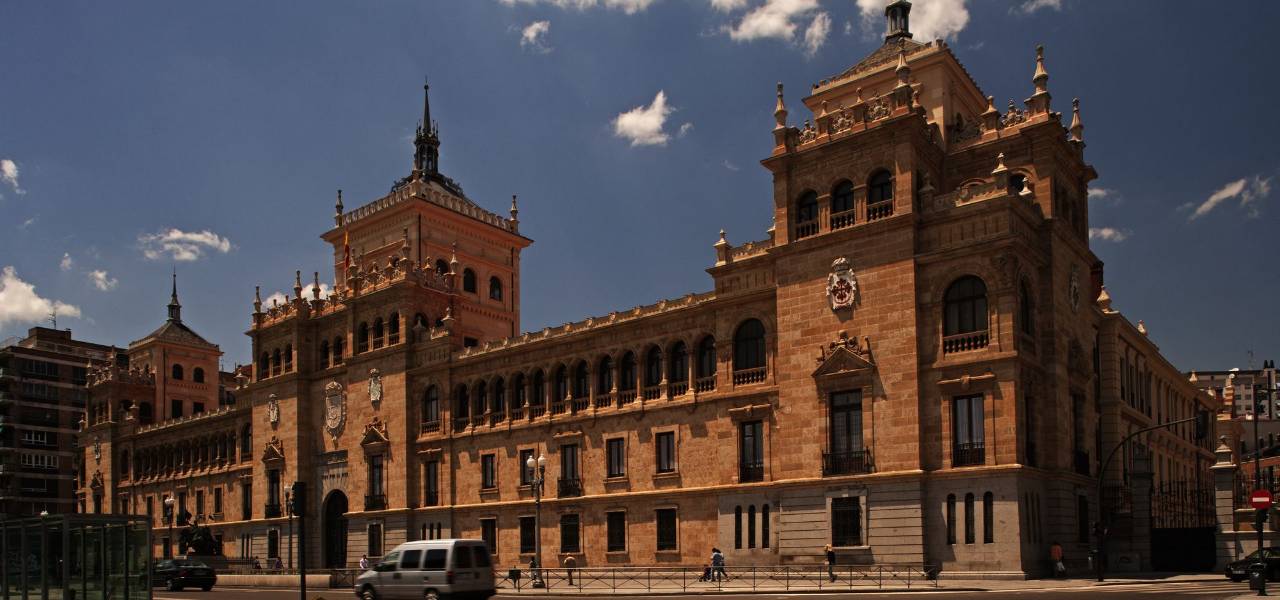 Cavalry AcademyMore information
Cavalry AcademyMore informationIt was begun in 1921 following the plans of the military engineer Adolfo Pierrad. Inspired by the Palacio de Monterrey in Salamanca, it is built in sandstone. The main hall houses a large picture of the...
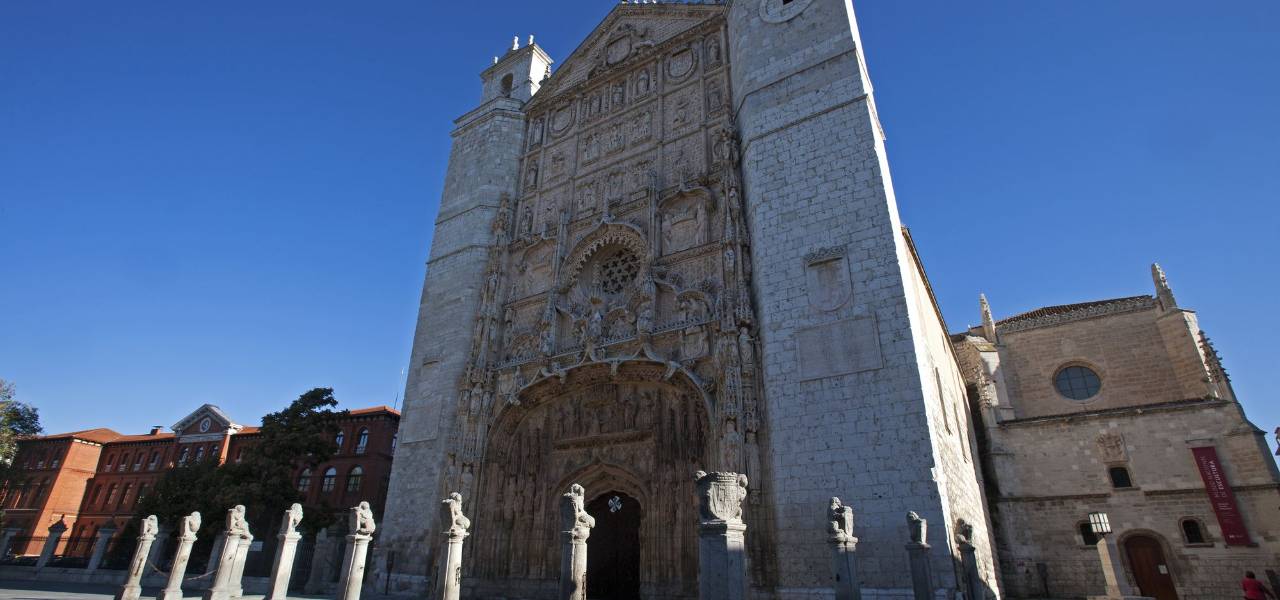 Church of San PabloMore information
Church of San PabloMore informationThis convent was founded in 1276. In the mid 15th century the Cardinal Torquemada had the edifice rebuilt. Works were picked up by Fray Alonso de Burgos, the Bishop of Palencia.The façade constitutes a...

